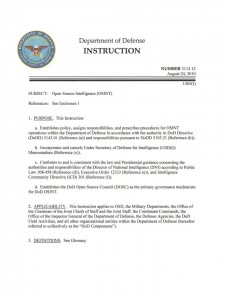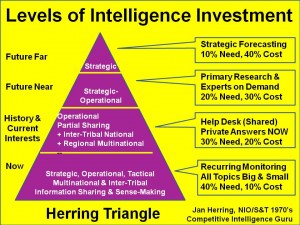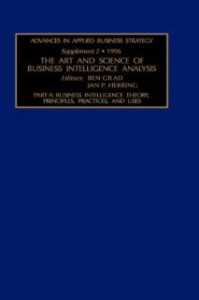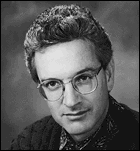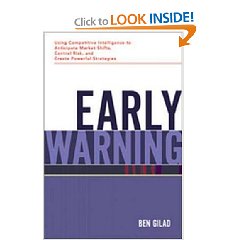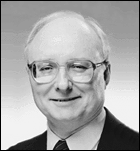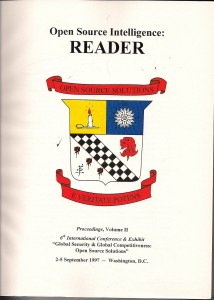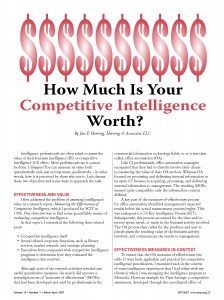
Phi Beta Iota: This article, written in 2007, remains the standard in the field for both brevity and authoritativeness.
Business Intelligence is data mining, not intelligence. Competitive Intelligence focuses on competitors and does not do 360 degree holistic analytics.
The modern term for a full service program is Commercial Intelligence, which uses only open sources and ethical methods. It should not be confused with secret government intelligence or with illegal industrial espionage.
Mr. Herring is also the creator of the now globally-recognized “Herring Triangle” graphic of four levels of commercial intelligence and their relative costs.
Herring Triangle as Published in New Craft of Intelligence
Full Text Below the Line for Google Translate

